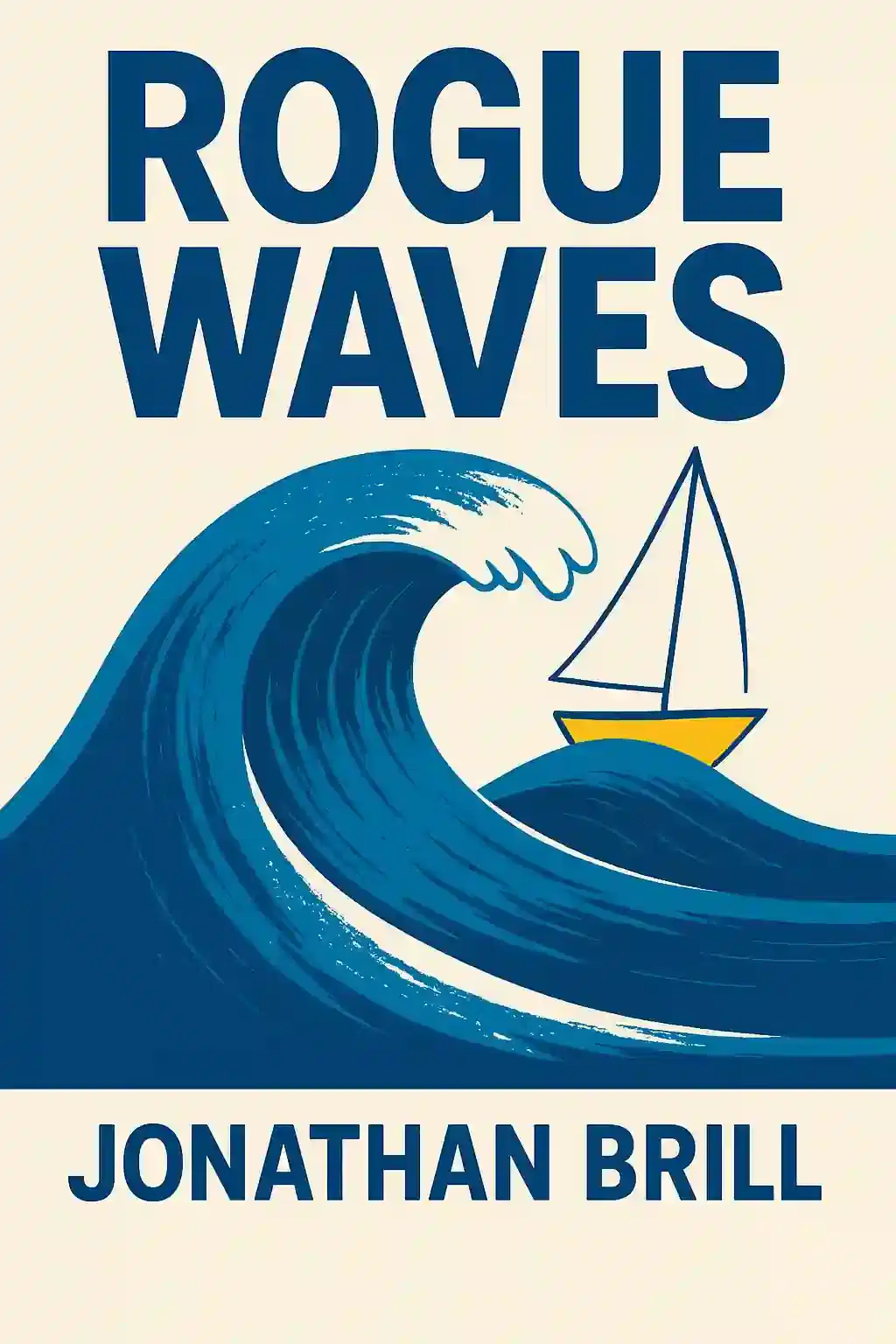What is
Rogue Waves by Jonathan Brill about?
Rogue Waves teaches businesses to survive and profit from radical change by likening unpredictable market shifts to ocean rogue waves. Jonathan Brill introduces the "ABCs of Resilient Growth"—Awareness, Behavior Change, and Culture Change—providing frameworks to anticipate disruptions, adapt operations, and foster innovation. The book combines real-world examples (e.g., Toyota’s post-tsunami recovery) with strategies for long-term resilience.
Who should read
Rogue Waves?
Business leaders, innovation champions, and decision-makers in large organizations will benefit most. It’s ideal for those committed to systemic operational shifts, risk mitigation, and leveraging chaos for growth. Curious readers interested in global trends like AI, automation, and geopolitical shifts will also gain actionable insights.
Is
Rogue Waves worth reading?
Yes, if you seek actionable frameworks to future-proof your organization. Endorsed by Adam Grant as “an actionable framework for driving change,” it balances theory with tools like environmental scanning and iterative experiments. However, its focus on large-scale cultural shifts may overwhelm smaller teams.
What are the ABCs of Resilient Growth in
Rogue Waves?
- Awareness: Scan for emerging risks (e.g., technological, social, or economic undercurrents).
- Behavior Change: Test adaptive strategies through rapid experimentation.
- Culture Change: Embed resilience into organizational DNA by rewarding innovation and agility.
This triad helps businesses turn volatility into advantage.
How does
Rogue Waves use the rogue wave metaphor?
Brill compares sudden, catastrophic business challenges (e.g., COVID-19, cybersecurity breaches) to rogue waves—unpredictable but survivable with preparation. The metaphor underscores the need for proactive risk detection and adaptive strategies, arguing that navigating these “waves” separates industry leaders from casualties.
What are key frameworks in
Rogue Waves?
- Environmental Scanning: Identify early indicators of disruption.
- Resilience Hierarchy: Prioritize risk mitigation, operational flexibility, and cultural adaptability.
- Iterative Experimentation: Use small-scale pilots to test responses to hypothetical crises.
These tools aim to convert uncertainty into strategic opportunity.
What are criticisms of
Rogue Waves?
Some argue its focus on large organizations with ample resources limits applicability for startups. Critics also note the ABCs framework, while comprehensive, requires sustained leadership commitment, which may deter short-term-focused teams.
What is Jonathan Brill’s background?
A top-ranked futurist by Forbes and “transformation architect” per Harvard Business Review, Brill directed long-term strategy at HP, advised Fortune 50 companies, and co-invented over 350 products. His expertise spans AI, geopolitical trends, and crisis resilience.
How does
Rogue Waves compare to other business strategy books?
Unlike generic guides, Rogue Waves emphasizes systemic overhauls rather than incremental fixes. It aligns with Antifragile by Nassim Taleb but adds a structured playbook for organizational change, blending futurism with tactical steps.
How can
Rogue Waves help with AI-driven disruption?
Brill advocates embedding AI into strategic planning (e.g., simulating market shocks) and upskilling teams to leverage automation. The book’s culture-first approach aligns with his talk AI on Your Org Chart, which stresses aligning technology with human adaptability.
What is a key quote from
Rogue Waves?
“Resilience is your new strategy for growth.” This encapsulates the book’s thesis: surviving chaos isn’t enough—thriving requires redesigning operations to harness volatility.
Why is
Rogue Waves relevant in 2025?
With AI, climate shifts, and geopolitical instability accelerating, Brill’s frameworks help leaders navigate compounding risks. The 2025 edition updates case studies, reflecting post-pandemic supply chain reforms and generative AI’s impact.
What books are similar to
Rogue Waves?
For resilience-building, pair with Antifragile (Nassim Taleb) or The Prepared Leader (Erika H. James). For innovation strategies, try Loonshots (Safi Bahcall) or Leapfrogging (Soren Kaplan).














